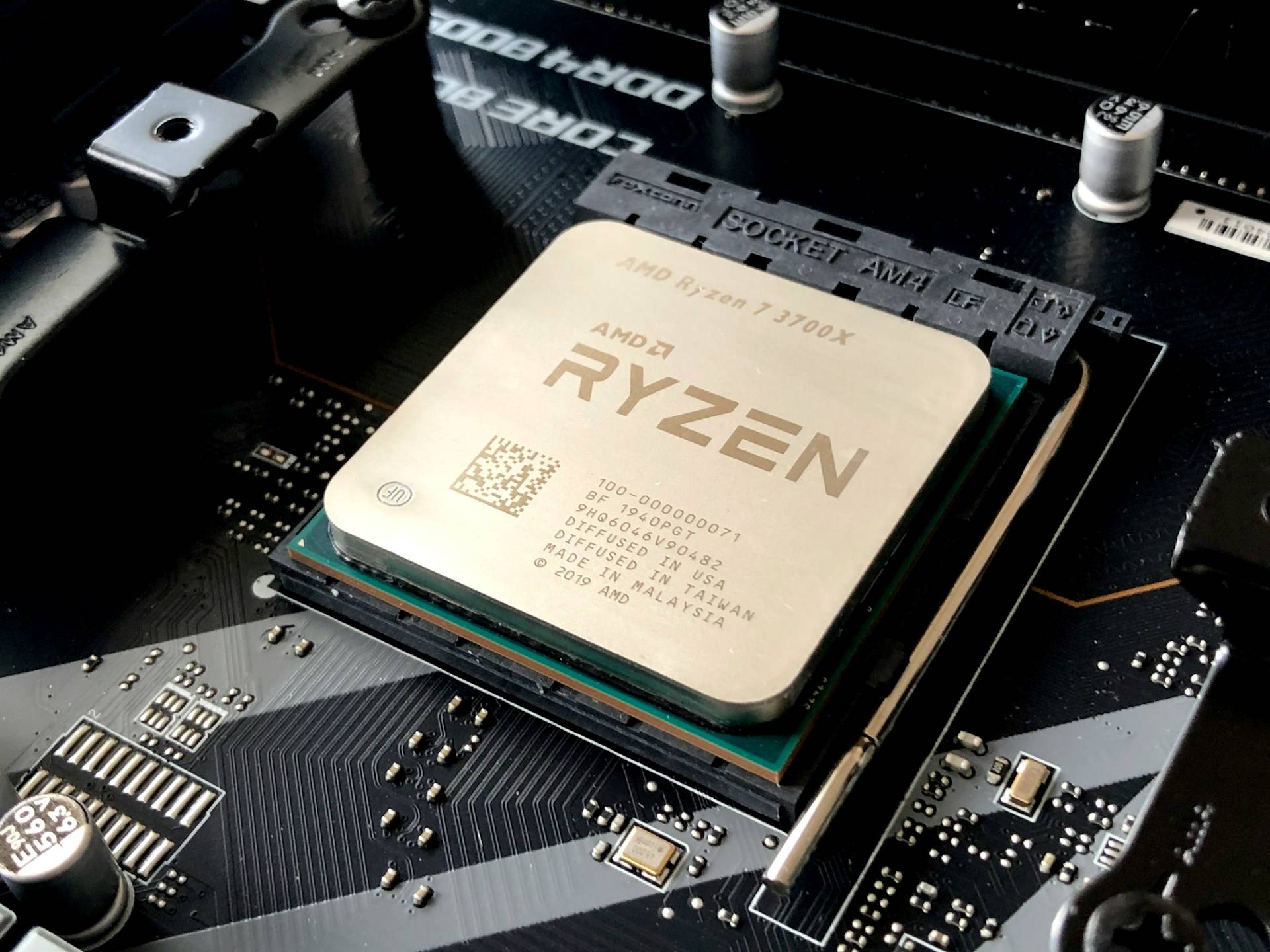At its “Advancing AI” event on 12 June, AMD laid out a bold plan for its next-generation AI infrastructure by unveiling the MI350 and previewing the MI400 chips, alongside the Helios rack designed to compete directly with Nvidia’s flagship offerings. The MI350 delivers up to four times the performance of its predecessor, with the MI400 chips set to power Helios servers configured with 72 chips – mirroring the scale of Nvidia’s NVL72 systems. AMD’s approach emphasises open standards, making key networking technologies available to competitors, a transparent contrast to Nvidia’s proprietary NVLink.
A central narrative of the announcement was AMD’s deep partnership with OpenAI. Sam Altman joined AMD CEO Lisa Su onstage to confirm OpenAI will deploy MI400 chips and has influenced the design of the MI450 architecture, optimising memory layout and operations for large-scale AI workloads. This marks a notable shift in how AI infrastructure is co-designed, with start-ups and major AI labs helping shape next-gen silicon and software. Indeed, AMD has expanded its ecosystem by acquiring ZT Systems and several software teams to bolster its ROCm platform, narrowing the gap with Nvidia’s CUDA, from weeks to mere days for software porting, according to Cohere.
Despite these technical strides, AMD’s shares dipped roughly 2% after the announcement, reflecting investor caution about its ability to wrest market share from Nvidia. Still, the company is firmly positioning itself as a serious contender in AI infrastructure. Large industry players – including Meta, Oracle, xAI and Crusoe, pledged support, with Crusoe alone committing US$400 million in chip purchases.
In the broader global tech and FDI landscape, AMD’s strategy signals a maturation of the AI semiconductor sector. Its open-system philosophy, collaborative design across the AI ecosystem, and strategic acquisitions reflect ambition and momentum. While Nvidia maintains a strong lead, AMD’s Helios servers and MI400 chips present an alternative ecosystem, one that prizes openness, flexibility, and partnership-driven innovation. For investors and tech policymakers, this development underscores rising competition in AI, offering more choices and spurring innovation in computing infrastructure.


